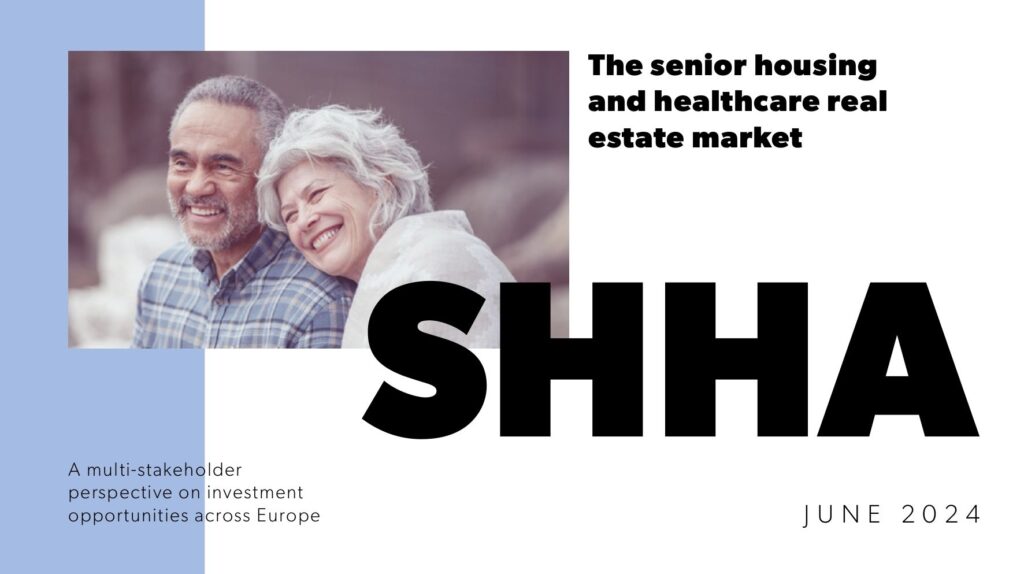An interview with Raoul Thomassen, Chief Operating Officer at Aedifica
What emerging trends do you see as having the greatest impact on the seniors housing and healthcare market, and how are you strategically positioning your investments to capitalise on these trends?
As occupancy rates and margins are improving across the continent, we also see a return of waiting lists. In order to improve access to care for a rapidly ageing population, both the need for additional staff and infrastructure will increase.
There are innovative real estate solutions that can help address both issues, such as the development of care campuses that combine different types of care in a single-care campus, provided regulatory barriers are addressed.
Aedifica is already developing such innovative care campuses in Finland through its local subsidiary Hoivatilat.
How do you assess the long-term financial viability and growth potential of seniors housing and healthcare investments?
The post-Covid period has been difficult for healthcare providers as subsidies have fallen and their costs have risen. However, we see signs that the tide is turning. In recent quarters, their margins have started to recover on the back of strongly growing occupancy rates and increased care tariffs. Moreover, this trend is not only evident in strong markets such as the UK, but we also see positive signs in markets that have been struggling, such as Germany.
Since the beginning of the year, Aedifica has cautiously resumed its investment policy. Approx. €46 million in new investments have been announced in the healthcare real estate sector, which will continue to need additional capacity in the years to come.
What do you see as the key challenges facing the seniors housing and healthcare sector in the coming years?
The key challenge for the sector remains how to maintain or even improve access to care for a rapidly ageing population. This will require the sector (including regulators) to think about innovation, as the need for staff and infrastructure will continue to grow.
What are your development plans for the coming years?
Backed by a healthy balance sheet, improving operator performance and an improving macroeconomic environment in which short-term interest rates seem to have reached their peak and inflation has fallen, Aedifica has cautiously resumed its investment policy in 2024.
Population ageing across Europe is gaining speed. More people are ageing, living longer and experiencing diseases associated with old age that require specific care. This will drive demand for additional capacity in the second half of the 2020s.
Once market sentiment turns, the cost of capital will cool down and the investment climate will rebound, and we will be ready to seize the opportunities. The question is when the tipping point will be.
How do you balance social-impact considerations with financial valuation metrics in your investments, and how do these factors influence your decision-making process (e.g., capital flow discussions)?
While this may seem like a strategic paradox, our investment considerations when developing new care homes include a range of metrics and these are not just financial. In fact, developing care homes without considering energy performance, location criteria and services for the wider community will ultimately determine whether such an asset is considered future-proof and able to retain its value.

Download the latest SHHA Report to read more Thought Leaders Interviews
